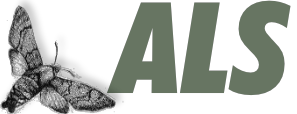 Image 1 of 1
Image 1 of 1


A Guide to Bees of Britain
Produced in conjunction with the invertebrate conservation charity Buglife, this much requested new 8-page chart shows 28 species of bee, most of which can commonly be seen flying in domestic gardens. As well as the 'Big Six' bumblebees, the chart includes representatives of mining bees, cavity-nesting bees and cuckoo bees. Silhouettes next to each image show the typical life-size for each species. Text on the reverse side includes a table, with full cross-referencing to the images, which gives further information on flight periods, distribution of each species in Britain, and useful pointers to help distinguish between similar-looking species. Produced by the Field Studies Council
Produced in conjunction with the invertebrate conservation charity Buglife, this much requested new 8-page chart shows 28 species of bee, most of which can commonly be seen flying in domestic gardens. As well as the 'Big Six' bumblebees, the chart includes representatives of mining bees, cavity-nesting bees and cuckoo bees. Silhouettes next to each image show the typical life-size for each species. Text on the reverse side includes a table, with full cross-referencing to the images, which gives further information on flight periods, distribution of each species in Britain, and useful pointers to help distinguish between similar-looking species. Produced by the Field Studies Council






